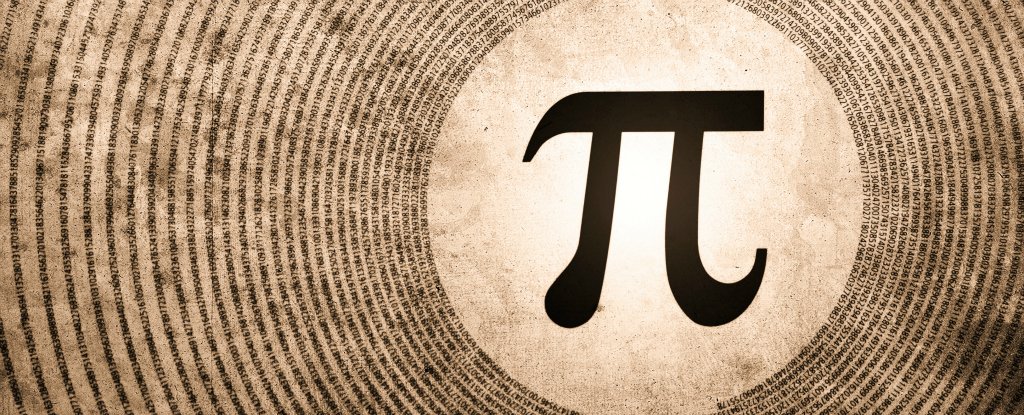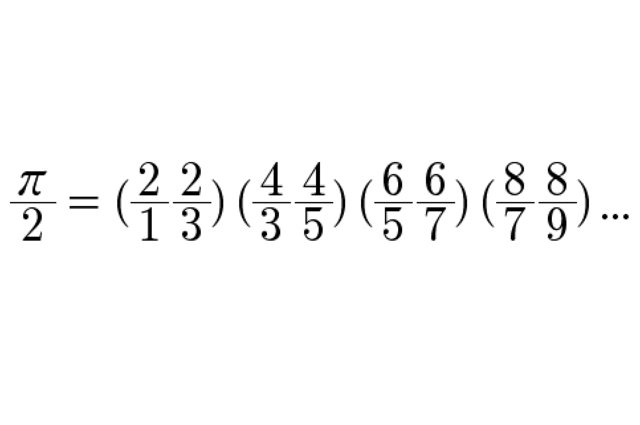The Miracle of DNA
As evolutionary
biologists tell us, life on Earth began more than three billion years ago with
single-cell organisms. It’s amazing to consider that we are the direct lineal
descendants of those single-cell organisms from billions of years ago. Despite
our complex minds, our technological and artistic achievements, these are our
original ancestors. We ingest, as they ingested; we excrete, as they excreted;
we have DNA, as they had DNA; and we are constructed of much the same
chemicals. Amazing.
In fact, the
situation is more amazing than this. Not only are we humans the direct
descendants of these single-cell organisms, but so are all the millions of
other species of life on Earth. Every koala bear, palm tree, spider, hawk,
swordfish, and snapping turtle in the world has the same common ancestor.
This means, of
course, that we are related to every other species on Earth. They’re all our
second cousins, once removed, although it might be more accurate to describe
them as our 3,000th cousins, 700 times removed. Still, our cousins.
We have that common heritage, that common connection of chemistry and DNA
together.
Some people take
this kinship more to heart, trying to never harm any other living thing. It’s a
challenging goal, since we must eat to survive, and the most easily obtained
food comes from other living things. Even if one avoids this extreme, though,
it makes sense to feel a connection to the other living things that share our
ancestry, and to treat them with a family respect.
Yet, the situation
is even more amazing than this. Consider that single-cell organism from more
than three billion years ago. Its DNA eventually became our human DNA, and the
DNA of every other species on earth. In other words, before there was ever a
fish in the ocean, the possibility of that fish was contained in that DNA.
Before there was ever a bird in the sky, the potential for that bird lay in
that DNA. And before any human took a step on two feet, picked up a tool with a
hand, spoke with a voice, or reasoned with a mind, that human was made possible
by that single-celled organism’s DNA.
Isn’t it
remarkable that such a flexible and capable molecule as DNA should have been
present in that single-cell organism? After all, it didn’t need to provide for
the possible arrival of more-complex descendants. Wouldn’t some far simpler
mechanism for producing other single-cell organisms have been more efficient
and appropriate? Why were all the astonishing capabilities of DNA necessary at
that point more than three billion years ago? It’s as if the first tool devised
by humans had been a Swiss Army knife rather than a stick. Somehow, DNA, for a
single-cell organism, feels like overkill.
In fact, this is
one of those situations that seem awfully suspicious to me. That single-cell
organisms should have the ability, the potential, to produce such a vast
variety of other life forms seems unnecessary and arbitrary.
I can think of a
couple of explanations for the presence of such all-purpose DNA in an – at that
time – simple organism.
One possibility is
that the single-cell organisms on Earth didn’t originate on Earth. They
originated somewhere else, the product of lots of evolution that produced such
all-purpose DNA. And they got here … well, who knows how. Possibly accidentally,
by some natural process, one that can convey living cells across space.
Possibly deliberately. Scientists have figured out that the most efficient way
to explore other planets is not to go ourselves. Send robots. Maybe include living
cells that could be “injected” onto the surface of possibly habitable planets.
If they don’t take, fine. If they do take, well, then maybe you get a planet
whose single-cell organisms evolve into a vast variety of living things, thanks
to their all-purpose DNA.
The other
possibility I can think of is that DNA might be kind of inevitable. Perhaps, if
you have enough randomly-created amino acids sloshing around for long enough,
you inevitably get DNA, with all its latent potential for creating life. But
think what this means: we live in a universe where it is almost inevitable that
life like us would develop. That can hardly be random. If this is what’s
happening, our universe is almost certainly designed, a created thing, with the
odds skewed heavily in favor of life.


